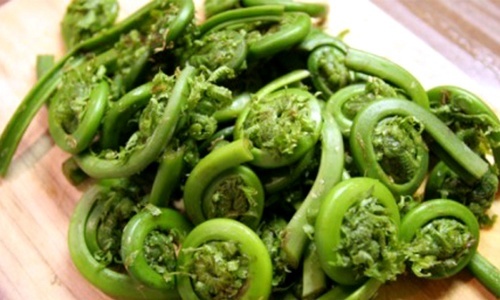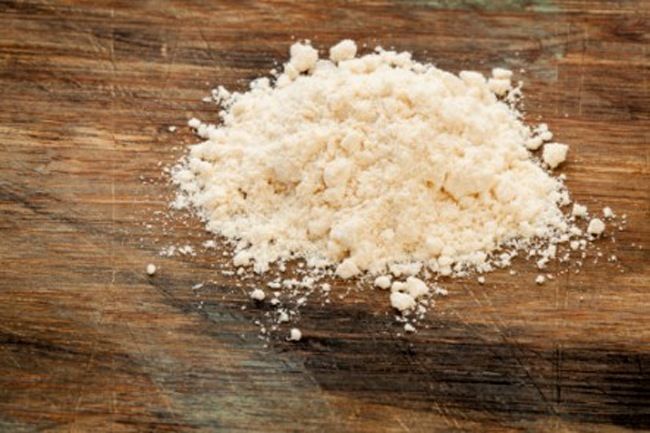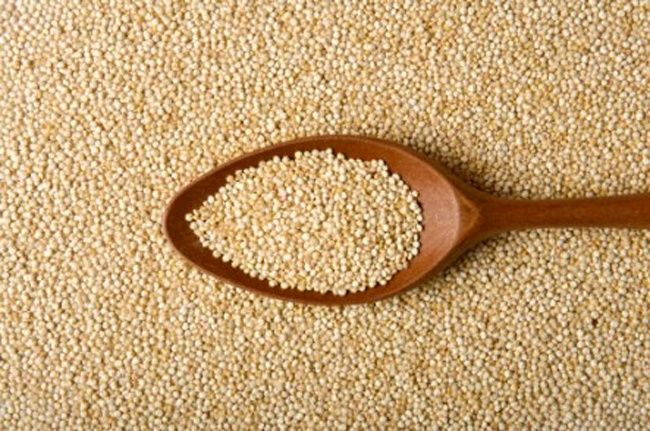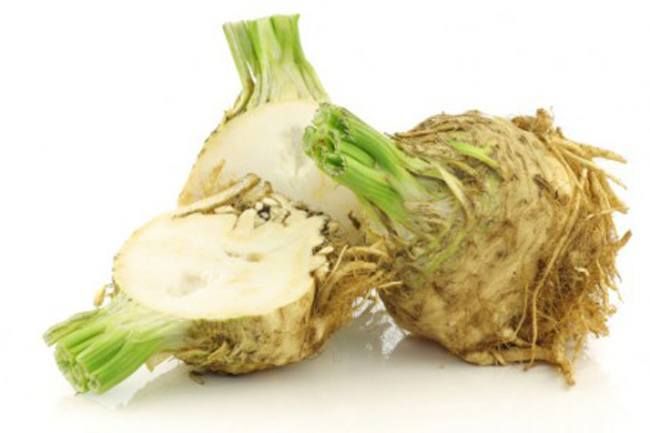

Sure, by now we know all about quinoa and kale, but there are plenty of other superfoods just waiting for their time in the spotlight. Read on for some of the healthiest foods that you haven’t heard of.
1. Coconut Flour
Coconut flour might not be a pantry staple for most of us yet, but it should be. The texture and composition of the stuff makes it a unique, stand-alone flour: don’t go substituting it for wheat flour. Its uniqueness is also found in its nutritional content—it’s one of the healthiest flours you can eat, loaded with healthy fats and fiber. And, yep, it’s 100 percent gluten free.

2. Amaranth
This grain-like seed, native to the Americas, is a tasty breakfast cereal and can even be popped like popcorn. Unlike many other grains and seeds, amaranth is rich in amino acids and minerals like calcium and iron. You can find amaranth at most natural and organic food markets.

3. Celeriac
Celeriac is a variety of celery that is grown specifically for its root. Though it’s not the most attractive vegetable in the produce aisle, celeriac is a good source of Vitamin B6, fiber, magnesium and potassium. Its taste is similar to celery, but with a little more nuttiness to it and can be prepared much like potatoes.


 233k
233k  41k
41k  Subscribe
Subscribe 